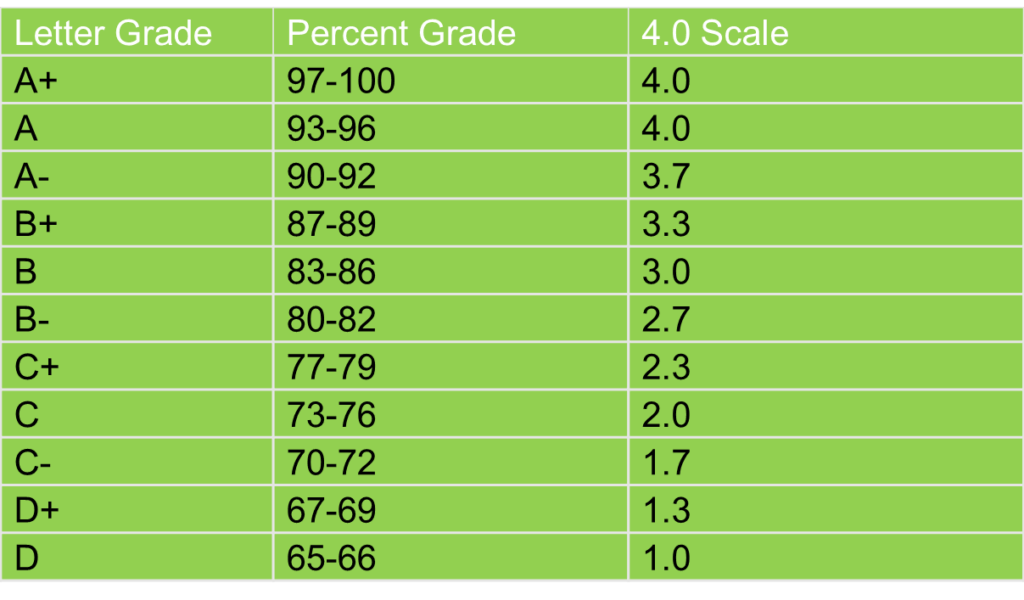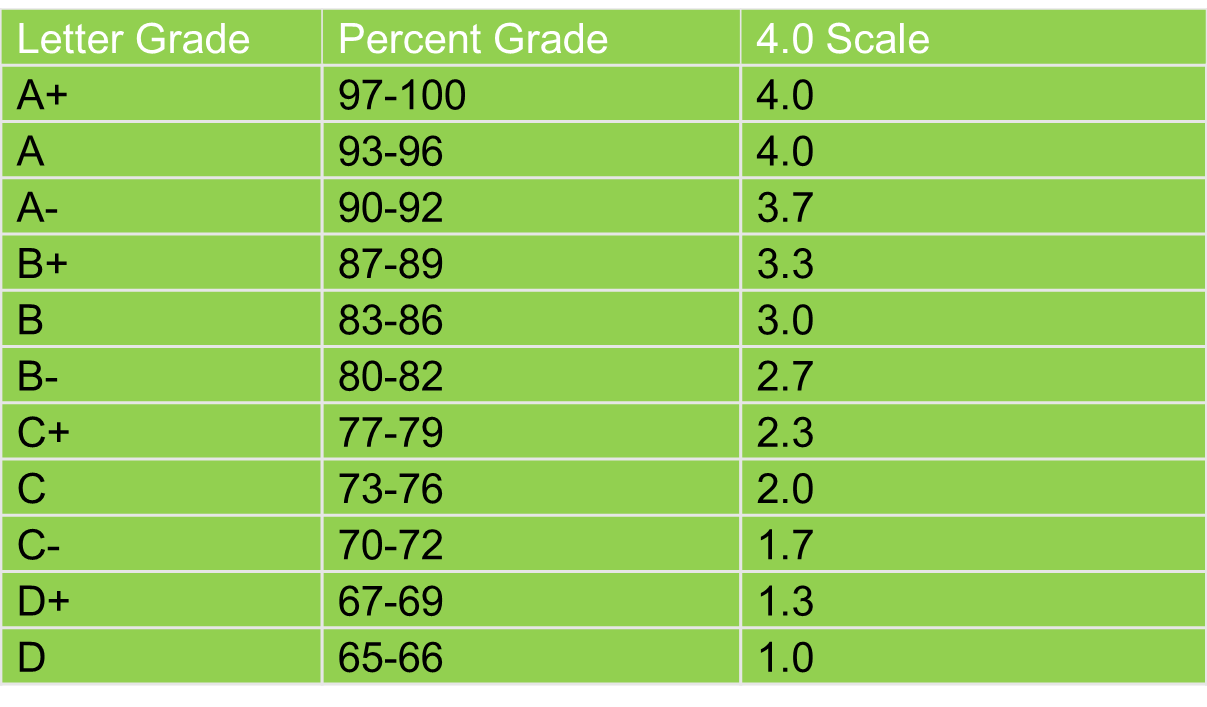
How Old Is the Average 6th Grader? A Comprehensive Guide
Understanding the age range of students in different grade levels is a common question for parents, educators, and anyone involved in a child’s education. Specifically, the question of “how old is the average 6th grader” often arises. This article provides a comprehensive overview of the typical age of a 6th grader, factors that can influence this age, and related information that can be helpful for understanding the developmental stage of children in this grade.
Typical Age Range of 6th Graders
The average age of a 6th grader typically falls between 11 and 12 years old. This is generally because children start kindergarten around the age of 5 or 6 and progress through each grade level annually. Therefore, by the time they reach 6th grade, most students are either 11 or 12 years old. However, it’s important to recognize that this is just an average, and individual students may be younger or older for various reasons.
Factors Influencing a 6th Grader’s Age
Several factors can influence the age of a student in 6th grade. These include:
- School Start Date: The cutoff date for school enrollment can vary by state and even by school district. Some districts require children to be 5 years old by September 1st to start kindergarten, while others may have a later cutoff date, such as December 1st. This can affect when a child starts school and, consequently, their age in 6th grade.
- Early or Late Birthdays: Children born in the late summer or early fall may be among the youngest in their grade, while those born in the winter or early spring may be among the oldest. A child born in late August, for example, might be almost a full year younger than a classmate born in January.
- Grade Retention: If a student has to repeat a grade due to academic or developmental reasons, they will naturally be older than their peers in the same grade. Grade retention, while less common now than in the past, can still impact a student’s age in 6th grade.
- Grade Skipping: Conversely, some students may skip a grade if they demonstrate exceptional academic abilities. This would result in them being younger than the average 6th grader.
- International Students: Students who move from other countries may be placed in a grade level that doesn’t precisely align with their age due to differences in educational systems. This can lead to variations in the age range of students within a 6th-grade class.
Developmental Considerations for 6th Graders
Understanding the age range of 6th graders is also important because it provides context for their developmental stage. Sixth grade is a transitional year, often marking the move from elementary school to middle school. This transition comes with significant changes in academic expectations, social dynamics, and emotional development.
Academic Expectations
In 6th grade, students are typically expected to handle more complex academic material. They are often introduced to more specialized subjects, such as algebra and advanced science concepts. The workload also tends to increase, requiring students to develop stronger organizational and time-management skills.
Social and Emotional Development
Socially and emotionally, 6th graders are navigating significant changes. They are entering adolescence, which brings about physical changes, hormonal shifts, and a heightened awareness of social relationships. Peer influence becomes more pronounced, and students often begin to define their identities and explore their interests. The question of “how old is the average 6th grader” is tied to understanding these developmental milestones.
Supporting 6th Graders
Given the unique challenges and opportunities of 6th grade, it’s crucial to provide appropriate support to students during this transitional period. This support can come from various sources, including parents, teachers, and counselors.
- Parents: Parents can support their 6th graders by staying involved in their education, providing a supportive home environment, and encouraging healthy habits. Open communication is key, as students may be hesitant to discuss their challenges or concerns.
- Teachers: Teachers play a vital role in guiding 6th graders academically and socially. They can provide differentiated instruction to meet the diverse needs of students, create a positive classroom environment, and offer guidance on study skills and organizational techniques.
- Counselors: School counselors can provide additional support for students struggling with emotional or social issues. They can offer individual or group counseling, connect students with resources, and collaborate with parents and teachers to create a comprehensive support system.
Addressing Common Concerns
Parents and educators often have specific concerns related to the age and development of 6th graders. Here are some common questions and answers:
What if my child is significantly older or younger than the average 6th grader?
If your child is significantly older or younger than the average 6th grader, it’s important to consider the reasons why. If it’s due to grade retention or skipping, it’s essential to monitor their academic and social-emotional well-being. Work closely with teachers and counselors to ensure they are receiving the appropriate support and challenges. If your child is an international student, understanding the differences in educational systems can help you advocate for their needs.
How can I help my 6th grader navigate the challenges of middle school?
Navigating middle school can be challenging for 6th graders. Encourage your child to participate in extracurricular activities, join clubs, or pursue hobbies to build social connections and develop their interests. Help them develop strong organizational and time-management skills, and provide a supportive and open line of communication. Validate their feelings and concerns, and seek professional help if needed.
What are some signs that my 6th grader is struggling?
Signs that a 6th grader may be struggling include a decline in academic performance, changes in behavior or mood, withdrawal from social activities, and complaints of physical symptoms such as headaches or stomachaches. If you notice these signs, it’s important to reach out to teachers, counselors, or healthcare professionals for guidance and support.
The Importance of Individualized Support
While understanding the average age of a 6th grader provides a useful benchmark, it’s crucial to remember that every child is unique and develops at their own pace. Individualized support is essential to ensure that all students have the opportunity to thrive academically, socially, and emotionally. By recognizing the factors that influence a student’s age and development, and by providing appropriate support, we can help 6th graders navigate this transitional year successfully.
Knowing “how old is the average 6th grader” is just the starting point. It’s the awareness and responsive action that truly make a difference. Remember that a child’s age is just one piece of the puzzle, and their individual needs and strengths should always be prioritized.
Conclusion
In summary, the average age of a 6th grader is typically between 11 and 12 years old. However, this age can vary due to factors such as school start dates, birthdays, grade retention, grade skipping, and international transfers. Understanding the developmental stage of 6th graders is crucial for providing appropriate support and guidance during this transitional year. By working together, parents, teachers, and counselors can help 6th graders thrive academically, socially, and emotionally. The question of “how old is the average 6th grader” serves as a reminder to consider the individual needs and circumstances of each student as they navigate their educational journey. When wondering “how old is the average 6th grader” remember that development is more important than a number.
Ultimately, while the average 6th grader is around 11 or 12, focusing on supporting each child’s unique path is what truly matters. So, the next time you ponder, “how old is the average 6th grader,” shift your focus to how you can best support the individual in front of you. This holistic approach will ensure they thrive during this pivotal year.
Understanding “how old is the average 6th grader” helps set expectations but should never limit individual potential. A 6th grader, regardless of their age, is on a unique journey. Let’s support them every step of the way. Therefore, keep in mind when considering “how old is the average 6th grader” that individual growth and support is the key.
The question of “how old is the average 6th grader” is a common one, but remember that it’s just a starting point for understanding the developmental stage of these students. Providing individualized support and fostering a positive learning environment are essential for their success. The average 6th grader is experiencing a major transition, and knowing “how old is the average 6th grader” can help guide our expectations.
Remember, when you’re asking “how old is the average 6th grader,” you’re really asking how best to support a child during a crucial time in their development. Focus on their individual needs, and help them thrive. The answer to “how old is the average 6th grader” is less important than the support we offer.
In conclusion, while knowing “how old is the average 6th grader” provides a general guideline, it’s the individualized support and understanding of each student’s unique needs that truly matters. By focusing on their development and providing the necessary resources, we can help 6th graders navigate this transitional year with confidence and success. And remember, the question of “how old is the average 6th grader” is just the beginning of a deeper understanding of their individual journey.
[See also: Middle School Curriculum Guide] [See also: Supporting Your Child Through Middle School] [See also: Understanding Child Development Stages]

